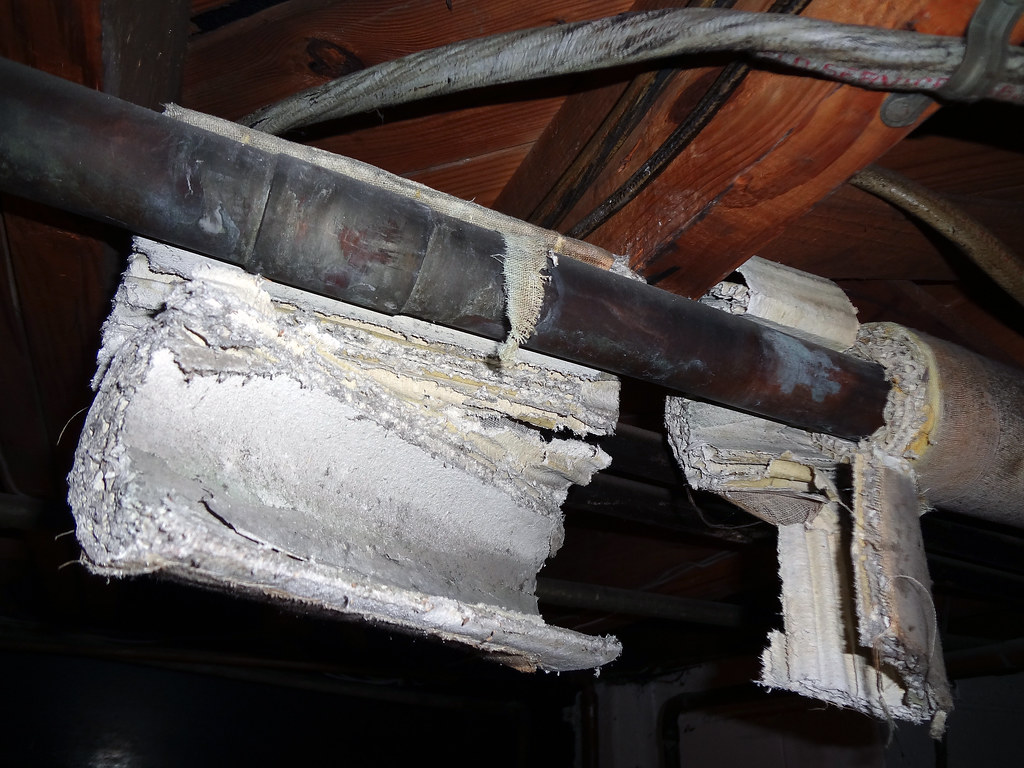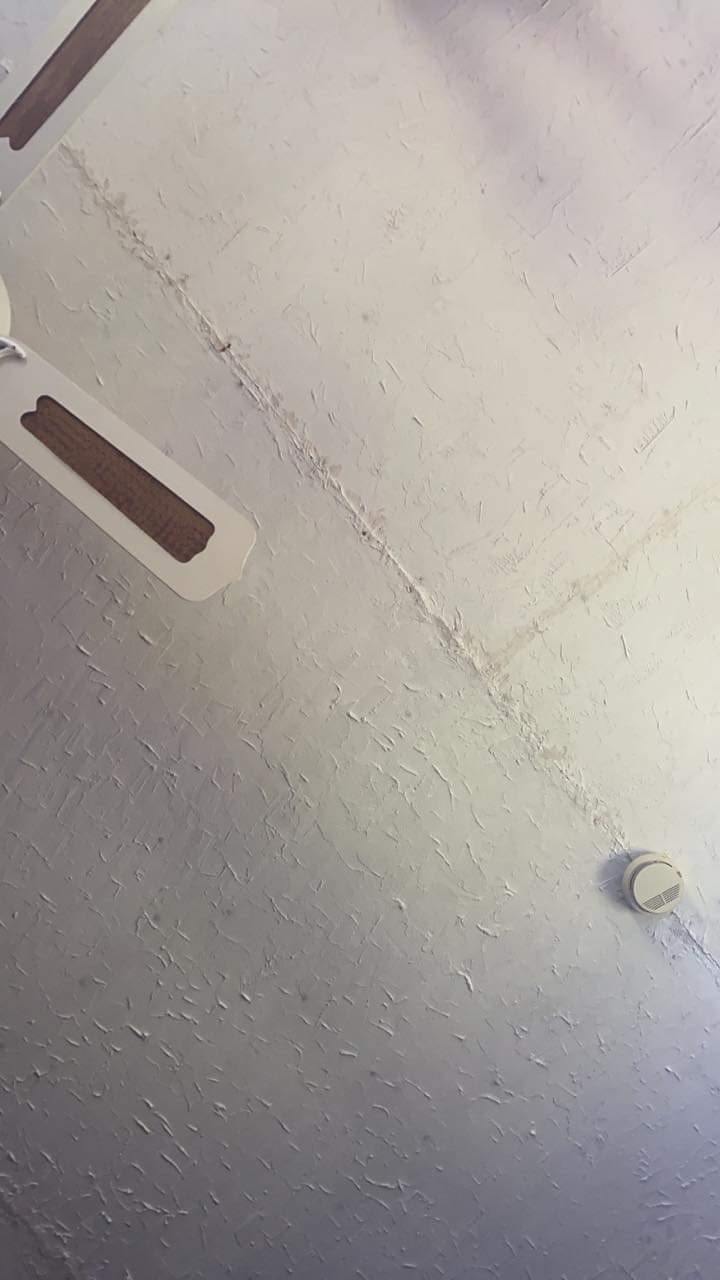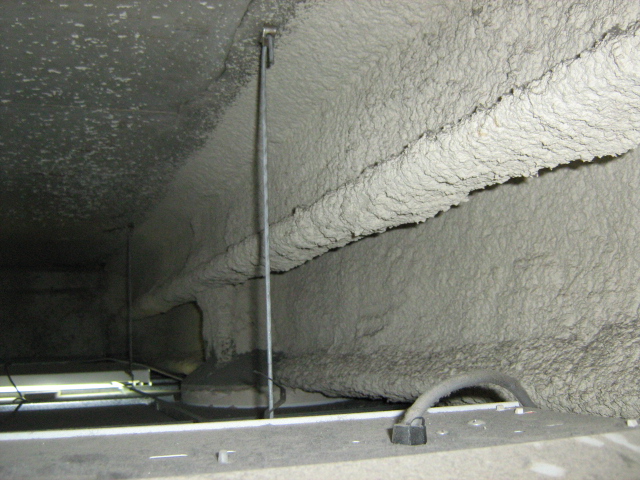Asbestos in the workplace
Posted on June 23, 2020
Asbestos in the Workplace
“Yep that looks like asbestos to me” you say. “What?” asks the client worriedly. “Asbestos” you explain, understanding the client’s concern. “A microfiber small enough to be inhaled and give you diseases like mesothelioma, asbestosis, and lung cancer. Nasty stuff.”
But why is it so nasty? It was a great product to use. It’s fireproof, electric proof, flexible, strong like cement, chemical resistant, and cheap. Now it’s illegal.
170 people in NZ die every year from asbestos related diseases. Worksafe says asbestos is the single greatest cause of death from work-related diseases. Exposure happens when asbestos is friable (easily crumbled and thus airborne). Asbestosis happens when asbestos fibres become lodged in the lungs, they may eventually cause a build-up of scar tissue as the body’s immune system tries to expel them. The scar tissue stiffens the lungs, making it harder for the lungs to fill with air and provide oxygen to the body. It would be like trying to blow up a leather balloon. In short, dying from asbestos related diseases is like a slow suffocation. You have little energy to do anything until you no longer have the energy to breathe. Very nasty, would you agree?
Other forms of asbestos related illnesses include mesothelioma, asbestosis, and lung cancer. These three are the main asbestos related diseases that kill people. There’s no cure for mesothelioma and no treatment for asbestosis. Additionally, if you smoke and work with asbestos containing materials (ACMs), you increase your mortality rate by 10.
Worksafe advises that materials that are likely to contain asbestos and constructions built before the year 2000 need to be presumed and treated as if they have asbestos or tested for asbestos especially when undertaking a renovation. So, what products do these awful fibres dwell in? Here are some common places you’ll find asbestos containing products (ACMs), when undertaking work on internal walls and ceilings (please note any friable ACMs are key coded in red. Friable ACM’s need strict controls put in place. Please consult with an expert prior handling it):
- In residential buildings:
• Off cuts and packers in wall and ceiling cavities
(These are normally broken pieces of asbestos cement sheets, insulation board, or bitumen damp proof courses)
• Insulation board around fireplace.
(Such as the hearth, behind the furnace)
• Textured coatings
(Commonly known as “Popcorn ceiling”, decorative finishing’s such as Artex.
• Asbestos cement dust in ceiling voids due to deteriorating corrugated asbestos cement sheet (super six) roof.
• Wallpaper in houses built in the 30s
• The underside of soffits
• Even some plaster compounds.
(Tests from Christchurch and Wellington have shown positive for asbestos)
- In schools:
• Off cuts and packers in wall and ceiling cavities
• Insulation boards in the boiler room,
• Textured coatings
• Lagging on heater pipes. (You’ll see some of them go in the wall voids and into the ceiling voids, not just under the floor)
• Asbestos cement dust in ceiling voids due to deteriorating corrugated asbestos cement sheet (super six) roof
In commercial buildings:
• Insulation boards in risers,
• Off cuts and packers in wall and ceiling cavities
• Lagging on pipes.

(These are normally found in pre 80s sites. It is ideal to put controls in place and wear PPE and RPE when popping your head into a ceiling void. Ideally the PCBU has an asbestos management/renovation/pre-Demolition report to identify ACMs in your working area)
• Sprayed texture
(Such as limpet, which is often seen in basements and underground parking lots, the ceilings of rooms with noisy machinery because it’s used for fireproofing and sound damping. They can also be seen in ceiling voids of multi-story buildings)
• Bitumen coatings,
• Asbestos cement dust in ceiling voids due to deteriorating corrugated asbestos cement sheet
Please note this list is not exhaustive. More locations can be found on Work Safe’s website. A rule of thumb: ACMs are often in the vicinity around equipment that lets off heat and electricity.
If the product is friable and/or in poor condition its likely for airborne fibres to be present. Worksafe states: “As a PCBU you must ensure that your working environment is free of airborne asbestos fibres.” So, to ensure you’re taking the right steps, consult and work with an asbestos expert to complete the work together strategically.
by Nathan Coleman
https://www.colemanconsulting.co.nz/
Link to Asbestos in residential dwellings: Asbestos in residential buildings
Link to Asbestos in Commercial buildings: Asbestos in commercial buildings
Sources: Worksafe Asbestos Roles and responsibilities for businesses and workers, asbestos.com, BOHS P402 Asbestos Surveying in Buildings. Worksafe Asbestos Survey




Comments are currently closed.